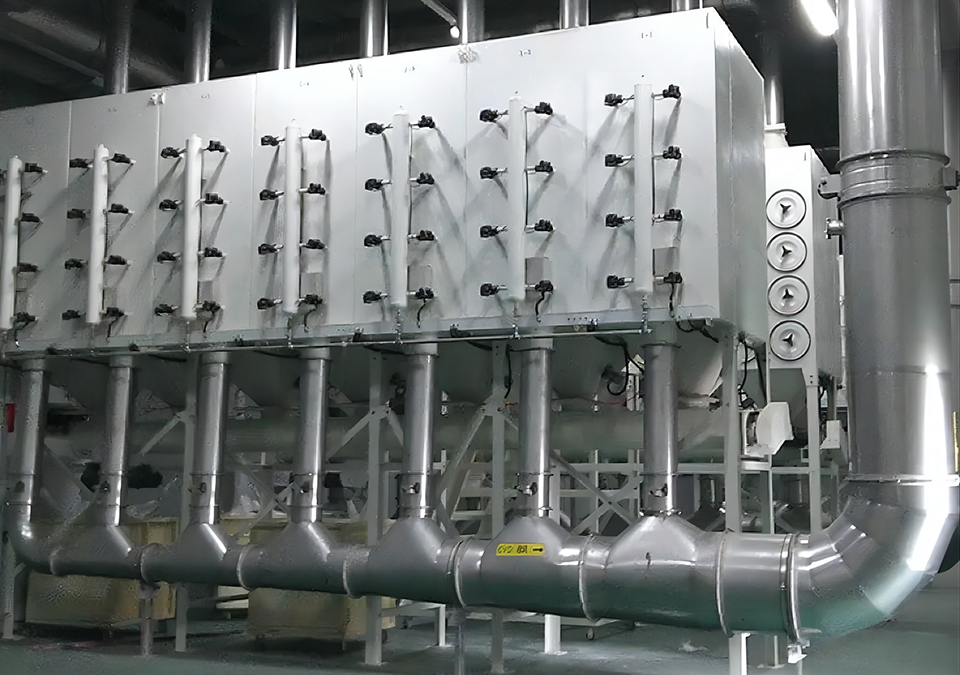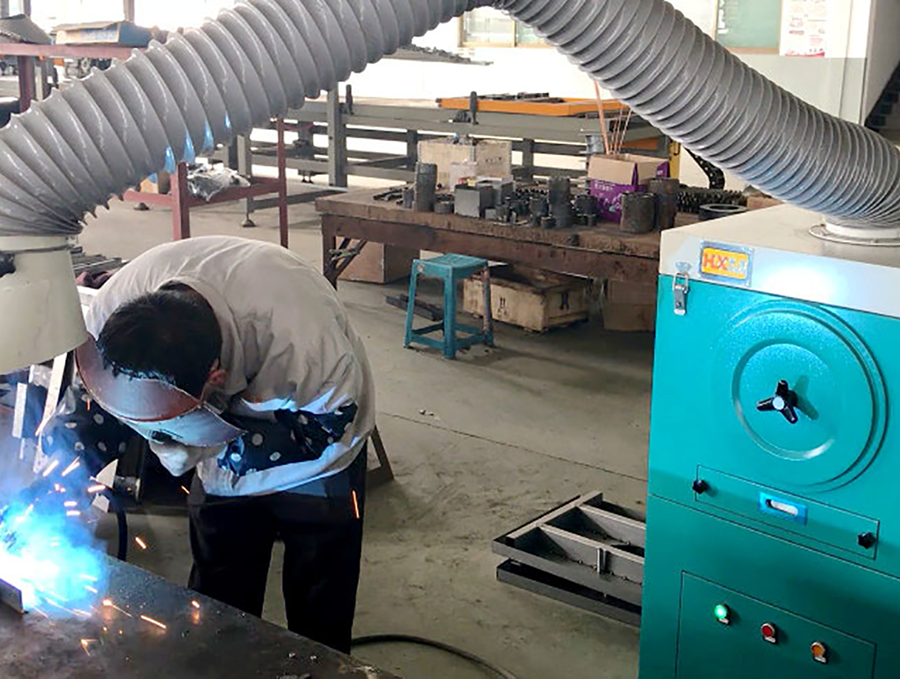How to calculate dust collector capacity
Corporate News
2024-08-09 09:44:39
To calculate the capacity of a dust collector, you'll need to consider the following factors:
Air Volume Requirement: Determine the total volume of air that needs to be moved by the dust collector. This is usually measured in cubic feet per minute (CFM) or cubic meters per hour (m³/h). The air volume requirement depends on the number and types of machines or processes that will be connected to the dust collector.
Particle Size and Concentration: Understand the size and concentration of the particles that the dust collector needs to handle. Smaller particles generally require more air volume and higher efficiency filtration.
Dust Collection System Design: Consider the layout and design of the dust collection system, including the number and length of ducts, the number of branches, and the static pressure requirements.

Dust Collector Specifications: Look for a dust collector with a rated capacity that exceeds the calculated air volume requirement. The manufacturer's specifications will provide information on the unit's maximum airflow, filter area, and dust storage capacity.
Here's a general formula to calculate the required dust collector capacity:
Dust Collector Capacity (CFM or m³/h) = [Total Air Volume Requirement] × [Safety Factor]
The safety factor is typically 1.25 to 1.5 to account for system losses and future expansion.
For example, if the total air volume requirement is 2,000 CFM and you use a safety factor of 1.25, the required dust collector capacity would be:
Dust Collector Capacity = 2,000 CFM × 1.25 = 2,500 CFM
It's important to consult with a dust collection system expert or the manufacturer to ensure you select the appropriate dust collector for your specific application and requirements.
Air Volume Requirement: Determine the total volume of air that needs to be moved by the dust collector. This is usually measured in cubic feet per minute (CFM) or cubic meters per hour (m³/h). The air volume requirement depends on the number and types of machines or processes that will be connected to the dust collector.
Particle Size and Concentration: Understand the size and concentration of the particles that the dust collector needs to handle. Smaller particles generally require more air volume and higher efficiency filtration.
Dust Collection System Design: Consider the layout and design of the dust collection system, including the number and length of ducts, the number of branches, and the static pressure requirements.

Dust Collector Specifications: Look for a dust collector with a rated capacity that exceeds the calculated air volume requirement. The manufacturer's specifications will provide information on the unit's maximum airflow, filter area, and dust storage capacity.
Here's a general formula to calculate the required dust collector capacity:
Dust Collector Capacity (CFM or m³/h) = [Total Air Volume Requirement] × [Safety Factor]
The safety factor is typically 1.25 to 1.5 to account for system losses and future expansion.
For example, if the total air volume requirement is 2,000 CFM and you use a safety factor of 1.25, the required dust collector capacity would be:
Dust Collector Capacity = 2,000 CFM × 1.25 = 2,500 CFM
It's important to consult with a dust collection system expert or the manufacturer to ensure you select the appropriate dust collector for your specific application and requirements.

![[Dust Removal Case] Plate Welding Dust Removal Solution for a State-owned Coal Mine Machinery Comp](/d/file/p/2024/10-28/fa90a7026c233450e7f014c8eb9d79c5.png)
